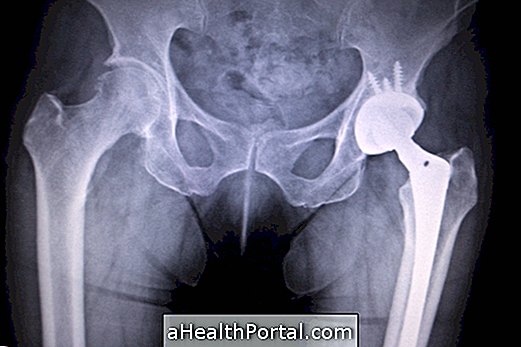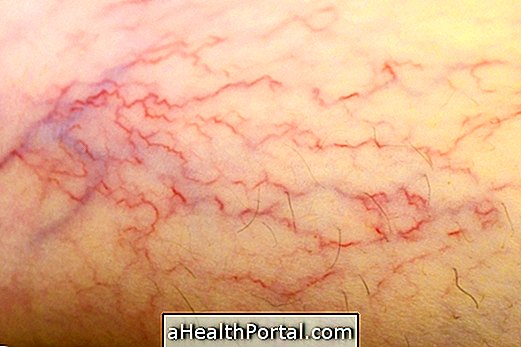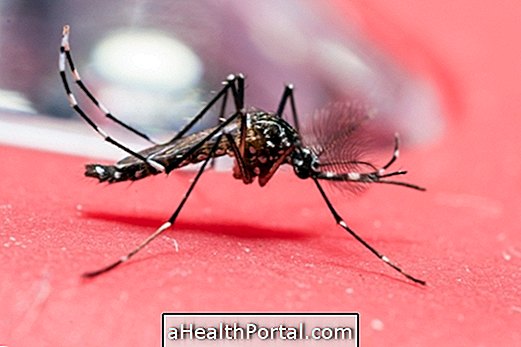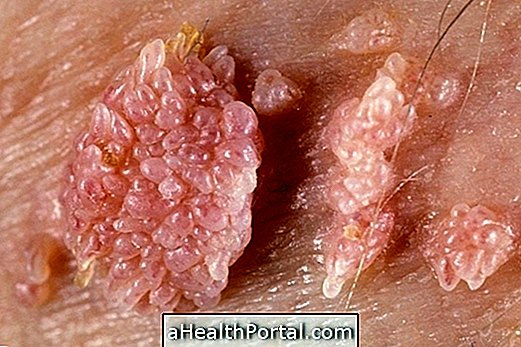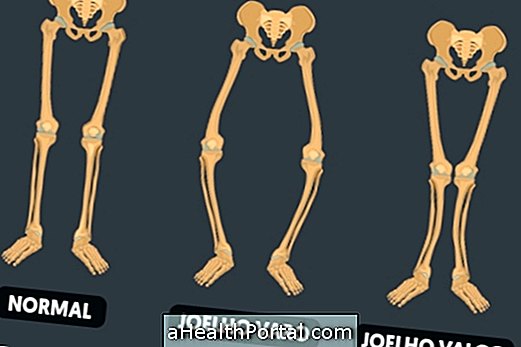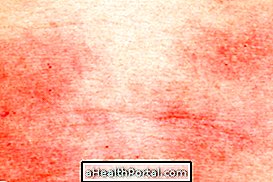Spotting on the uterus can have several meanings, but it is not usually severe or cancer, but treatment is needed to prevent the stain from developing into a more serious condition.
The spots are observed during routine gynecological examination and may be white, red or dark and are treated according to their cause, usually through the use of ointments or vaginal creams.

The main causes of blemishes in the uterus are:
1. HPV virus infection
The presence of thick white patches on the cervix may indicate the presence of the HPV virus. Depending on the distribution of blemishes and involvement of the cervix, white spots may only mean the presence of the virus or indicate that the person has cervical cancer, and the doctor should ask for confirmatory tests. See what the symptoms are and how the transmission of HPV occurs.
The treatment is established by the gynecologist according to the observation of the cervix and result of the complementary examinations, being able to be with the use of ointments or by means of surgical procedure. Learn how HPV treatment is done.
2. Cervicitis
Cervicitis can be identified through gynecological examination as ill-defined white spots and scattered in the cervix. Cervicitis corresponds to inflammation of the cervix, which is the lower part of the uterus that attaches to the vagina, whose symptoms are vaginal discharge, bleeding out of the menstrual period and pain when urinating. Understand how the treatment of cervicitis is done.
3. Colpite
Colitis is inflammation of the vagina and cervix caused by the presence of microorganisms such as bacteria, fungi or protozoa, leading to the occurrence of milky white discharge and the presence of red patches in the uterus. Colposcopy can be identified during colposcopy and the diagnosis is confirmed after microbiological examination. See how colposcopy is done.
4. Endometriosis
Endometriosis is the growth of endometrial tissue outside the uterus, as in the intestine, ovary, fallopian tubes and bladder, causing very severe pain, especially during the menstrual period. In endometriosis the gynecologist can identify the presence of dark or red spots during routine examination.
Treatment varies according to the woman's age, severity and intensity of symptoms, but in some cases surgery may be indicated. Clarify any doubts about endometriosis.

5. Cervical ectopy
Cervical ectopia, also called ectopia or cervix wound, occurs when part of the cervix develops in the cervical canal and can be identified on the preventive examination as a red spot on the cervix. This wound can be caused by infection with bacteria, fungi or protozoa, such as Trichomonas vaginalis, contraceptive use and hormonal changes. Learn about the symptoms and causes of the wound in the uterus.
Cervical ectopy is cured if treated according to the gynecologist's recommendation, and may be done with the use of vaginal medications or ointments or cauterization.
6. Contraceptive use
The use of contraceptives can lead to the appearance of blemishes in the uterus. However it can be easily treated by the gynecologist from the replacement of the contraceptive or decrease of the dose.
When to go to the doctor
Cervical spots are healed when they are identified and treated correctly according to the gynecologist's advice. It is therefore important to see your doctor when any of the following symptoms occur:
- Vaginal discharge with strong odor;
- Bleeding during intercourse;
- Pain or burning when urinating;
- Abdominal pain.
The diagnosis of the cause of the stain in the uterus is made through routine gynecological exams, such as the Pap smear or Colposcopy, for example. See which are the main exams requested by the gynecologist.
The treatment is done according to the cause, and the use of creams or ointments with antibiotics may be indicated if the cause is a bacterial infection. In more severe cases, partial or total removal of the cervix may be indicated for biopsy, or curettage may be done, which is a gynecological procedure performed with the patient under sedation or under general anesthesia. Understand curettage and how it is made.
